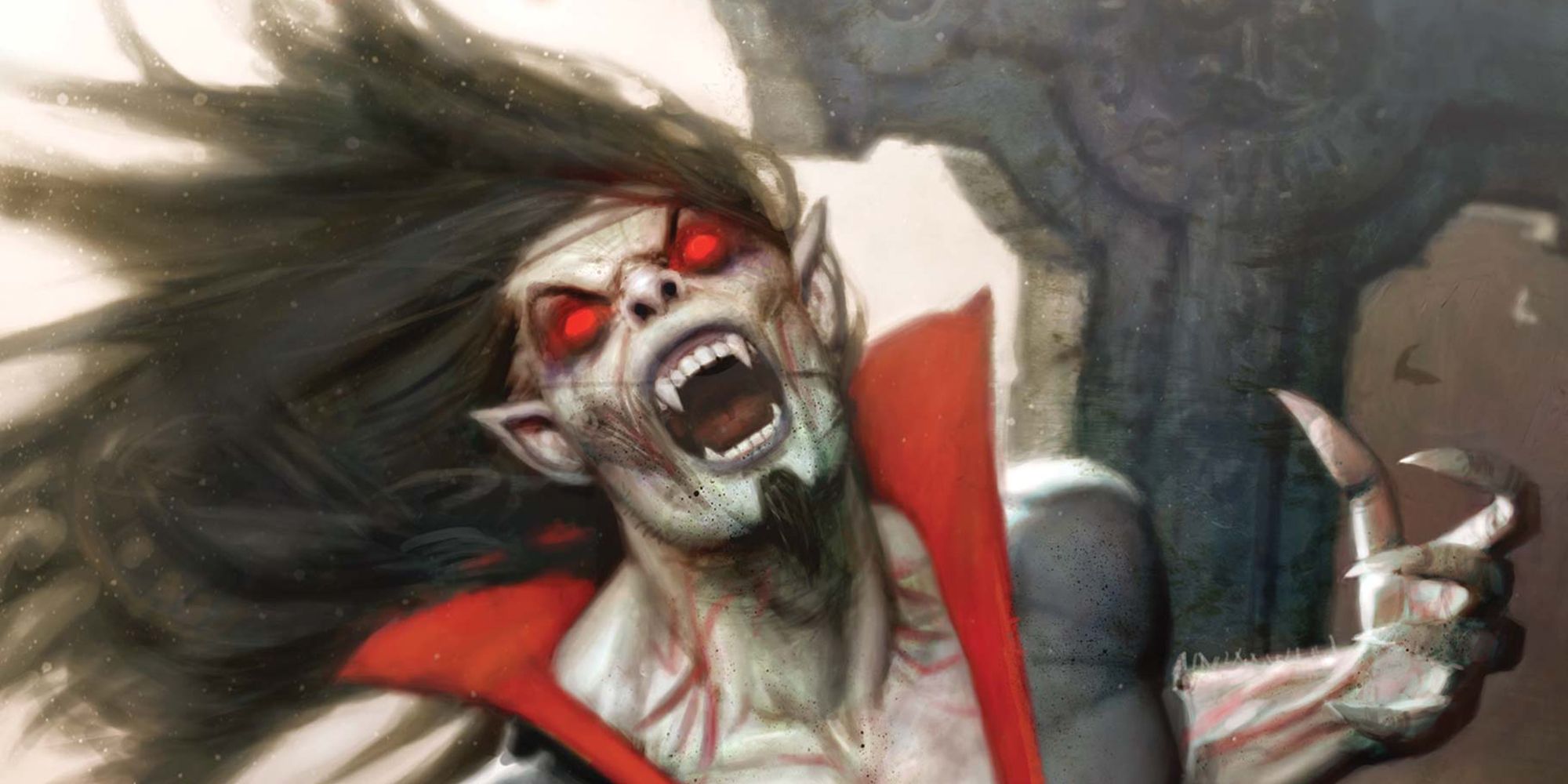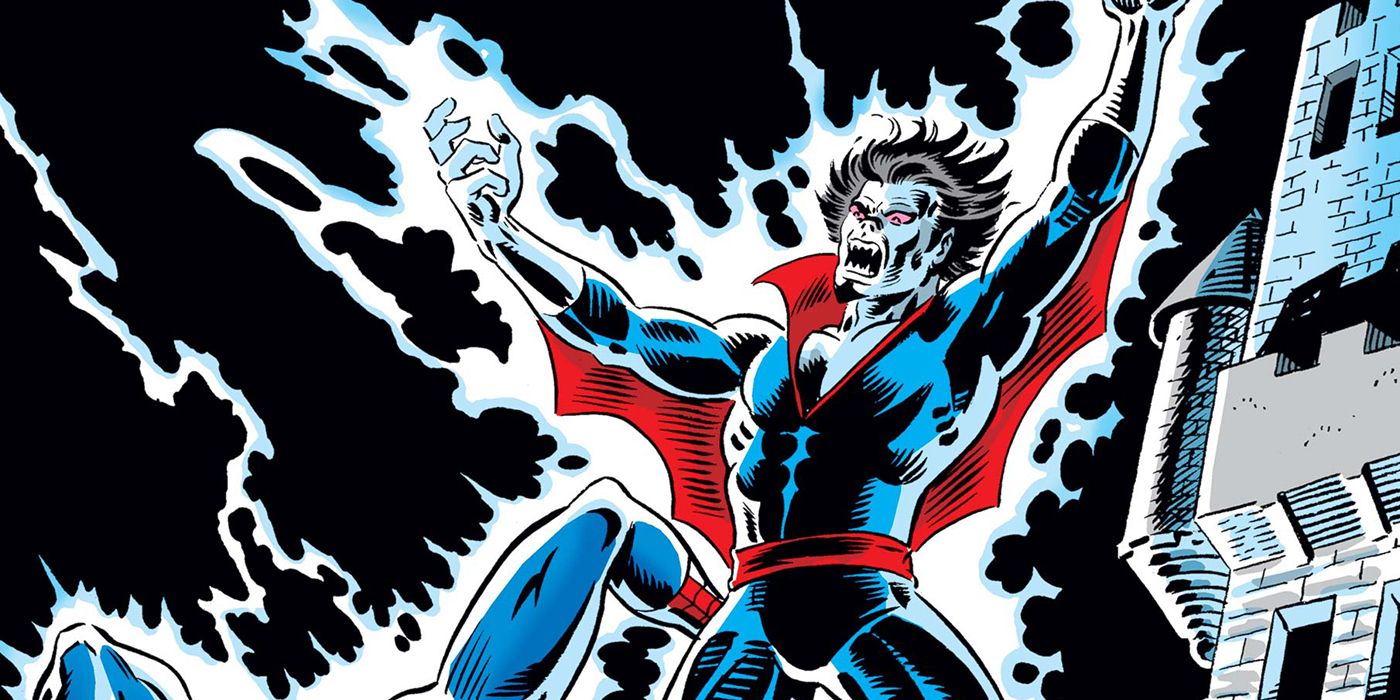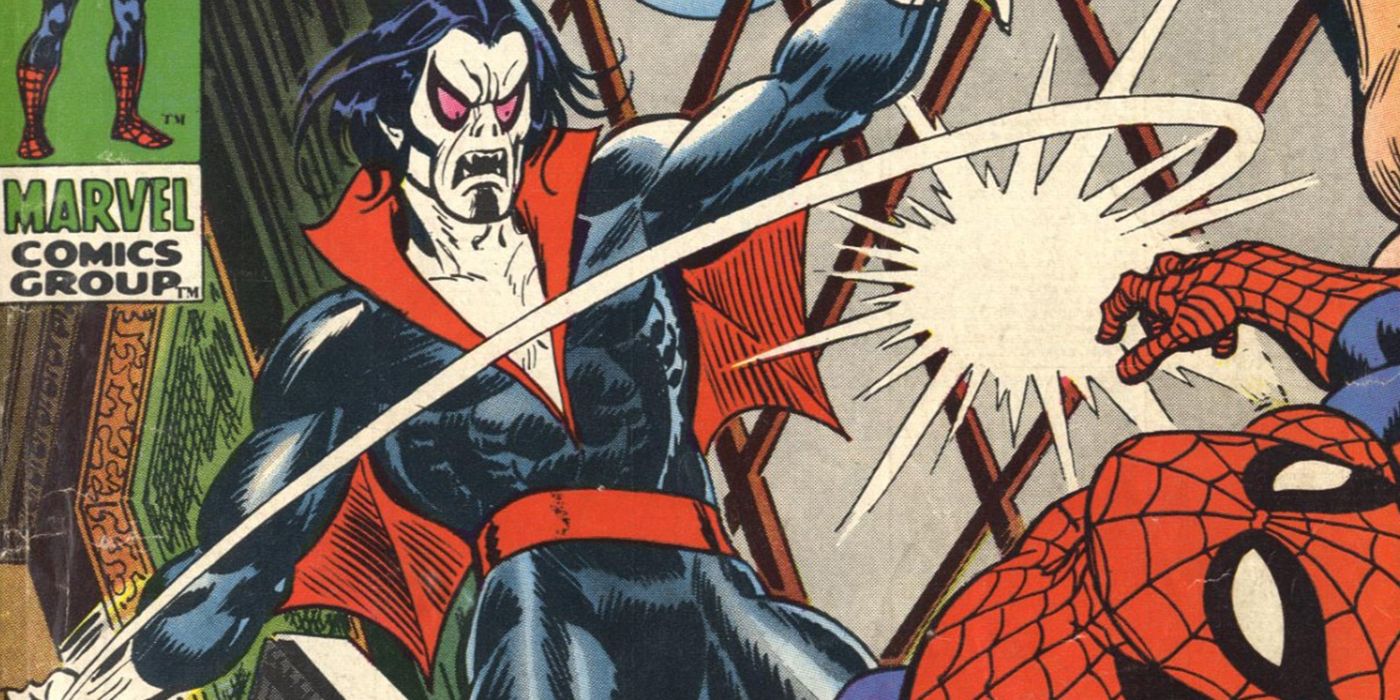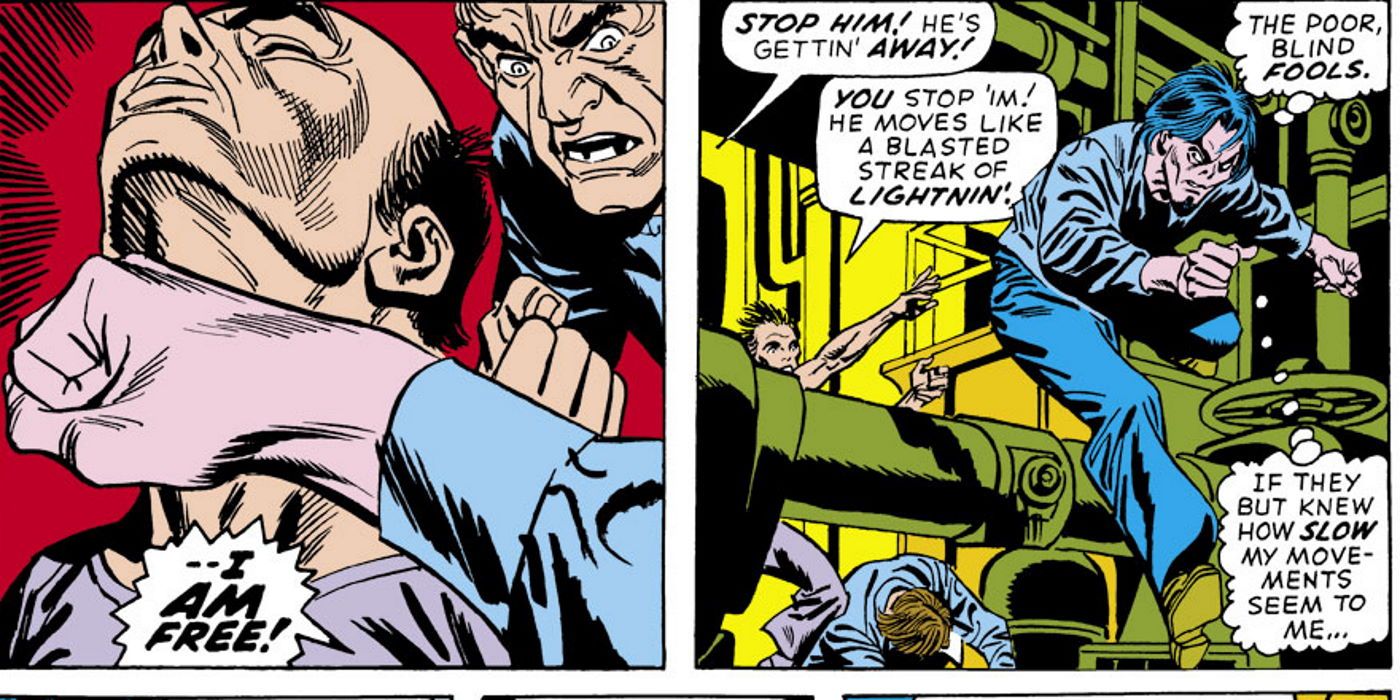Morbius is Marvel Comics’ “Living Vampire.” Created at a time when censorship and creative restrictions prevented Marvel from using supernatural characters like vampires and zombies, Morbius was designed to take advantage of some of these restrictions’ loopholes. Where traditional vampires were created by having their blood drained by other vampires, Michael Morbius gained his vampiric abilities in a science experiment gone wrong. This allowed him to gain the appearance, appetite, and even some of the abilities of a vampire – but not actually be a “real” vampire.
This raises the question of whether or not Morbius also has the traditional weaknesses of a vampire – such as garlic, silver, crosses, or sunlight. As it turns out, the answer is “no” – but like everything else about this atypical vampire, there are similarities. With Morbius due to make his big screen appearance in Sony’s Morbius movie, let’s see how similar this “living vampire” is to other members of the undead, and how he differs.
Introduced in The Amazing Spider-Man #101, Dr. Michael Morbius was a Nobel Prize-winning biologist who suffered from a rare blood condition that gave him an ugly, bat-like appearance. When he attempted to cure his disease with extracted vampire bat DNA and electroshock therapy, however, the treatment mutated him into a creature resembling a traditional vampire.
This gave him wild red eyes, chalk-white skin, and vampire-like fangs. He also gained superhuman strength, speed, hollow bones, the ability to glide on air currents (possibly by psionic means), and rapid healing abilities. His senses also became amplified, and he gained excellent night vision and bat-like echolocation abilities. He even developed the ability to hypnotize other people and bring them under his control, although a person with a strong will could resist him.
Morbius also developed a craving for blood and must regularly feed on fresh blood to survive. At one point, the people he bit and drained of blood became pseudo-vampires like himself, but he was able to cure them with a serum he developed. In most cases, his victims simply die from his bite and the blood loss.
Despite these many similarities to vampires, Morbius does not possess the more “exotic” vampire abilities like shapeshifting or weather control. While exceptions do exist (such as when he was infected by the demon Bloodthirst), in general Morbius is limited to strictly physical vampire-like powers.
On the other hand, Morbius doesn’t have the usual weaknesses vampires have either. He can’t be affected by garlic, holy water, silver, or crucifixes (although if he’s shot by a silver bullet or stabbed by a crucifix he can be temporarily injured until his healing factor repairs the damage). Sunlight also doesn’t immediately incinerate him like a vampire… but that doesn’t mean he doesn’t suffer any ill effects from it.
From his very first appearance, Morbius has shown an aversion to sunlight and he admits he feels much weaker during the day – although how much of this weakness is psychological and how much of this is physical is up for debate. When he was picked up by some sailors in The Amazing Spider-Man #101, Morbius claims his limbs feel as heavy as lead during the daytime and that his movements seem incredibly slow to him.
To everyone else, however, Morbius appears to move incredibly fast and retains a superhuman level of strength and durability even during the daytime. That being said, he couldn’t sustain being in a prolonged chase and had to hide since he felt his will was too weak for conflict during the day.
Morbius was also colored with normal flesh tones during the day – and only became a pale white vampire at night – in his first appearance. Later depictions of him show that he always has a chalk white complexion (save for when he’s temporarily cured of his condition). During the day, however, Morbius’ eyes and skin do become very photosensitive to the sun, so, while he doesn’t explode upon exposure to sunlight, he still goes out of his way to avoid it.
Just how much Morbius’ comic book weakness to sunlight translates to the big screen remains to be seen. Modern day films and comics don’t have the same restrictions to depicting supernatural characters, after all, so Morbius could be shown as a more traditional vampire. On the other hand, being a “Living Vampire” has given Morbius greater distinction in the Marvel Universe, especially after more traditional vampires like Dracula started coming back. Ultimately, fans will have to wait and see how Sony’s Morbius turns out – but it’s a sure bet he won’t sparkle when the sun hits his face.




